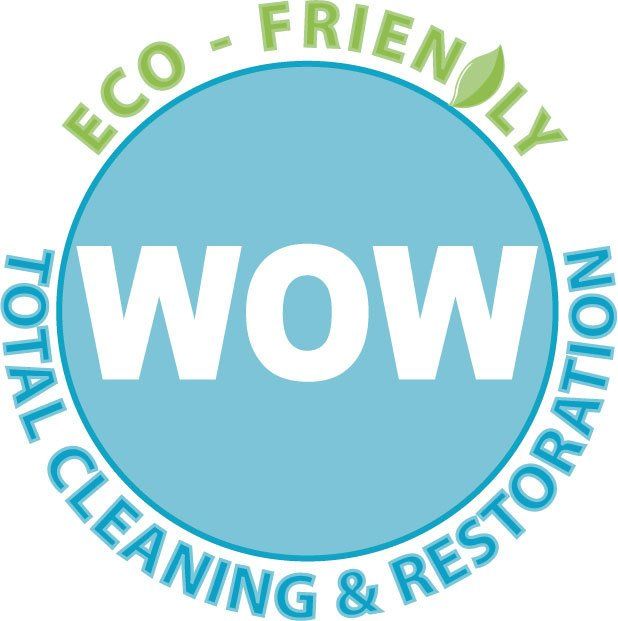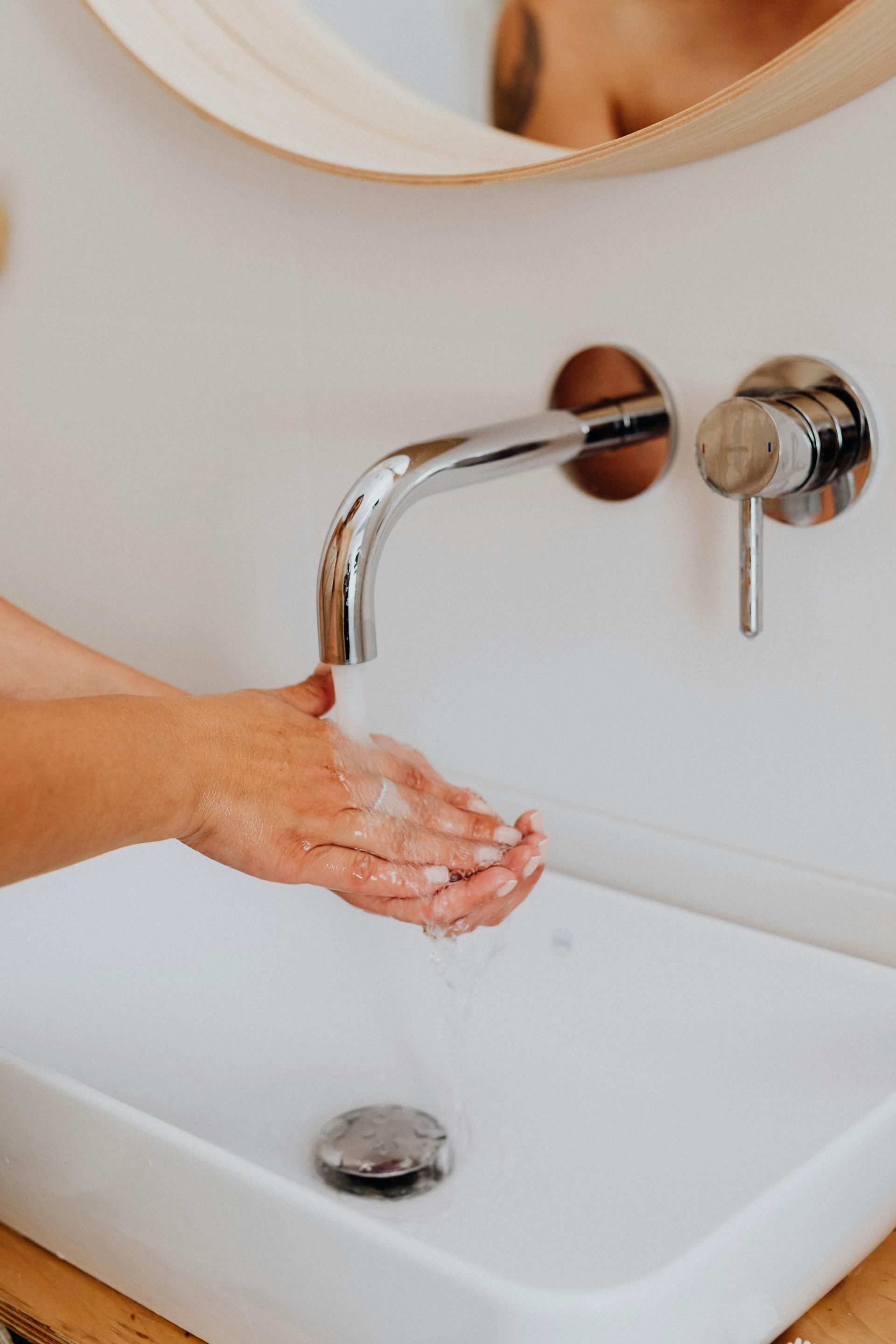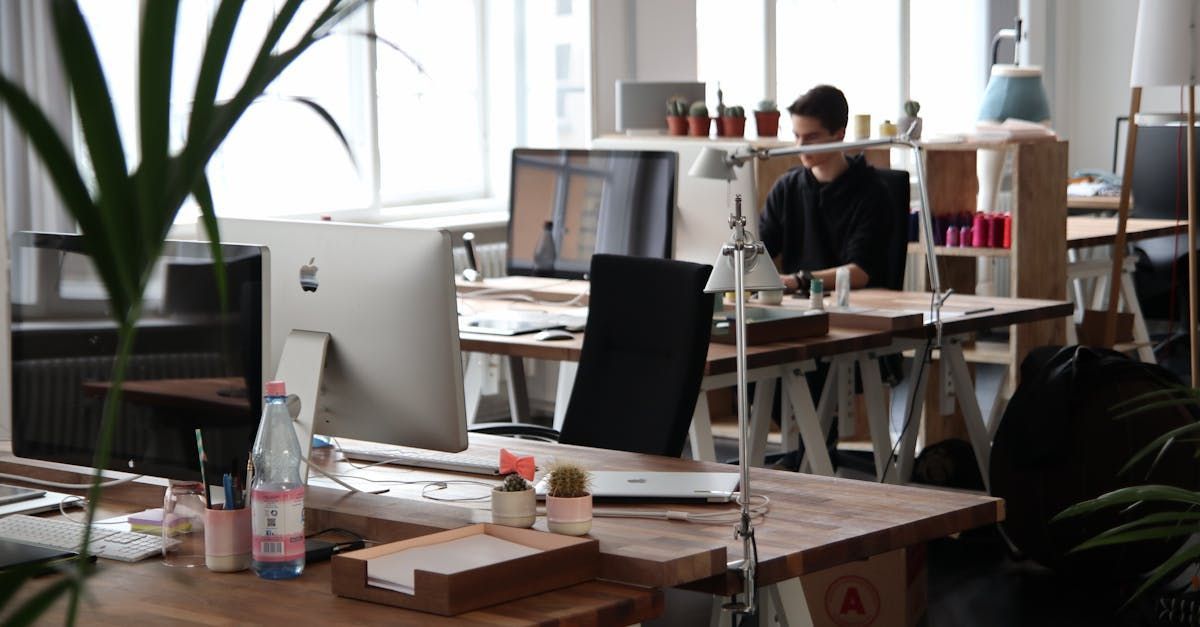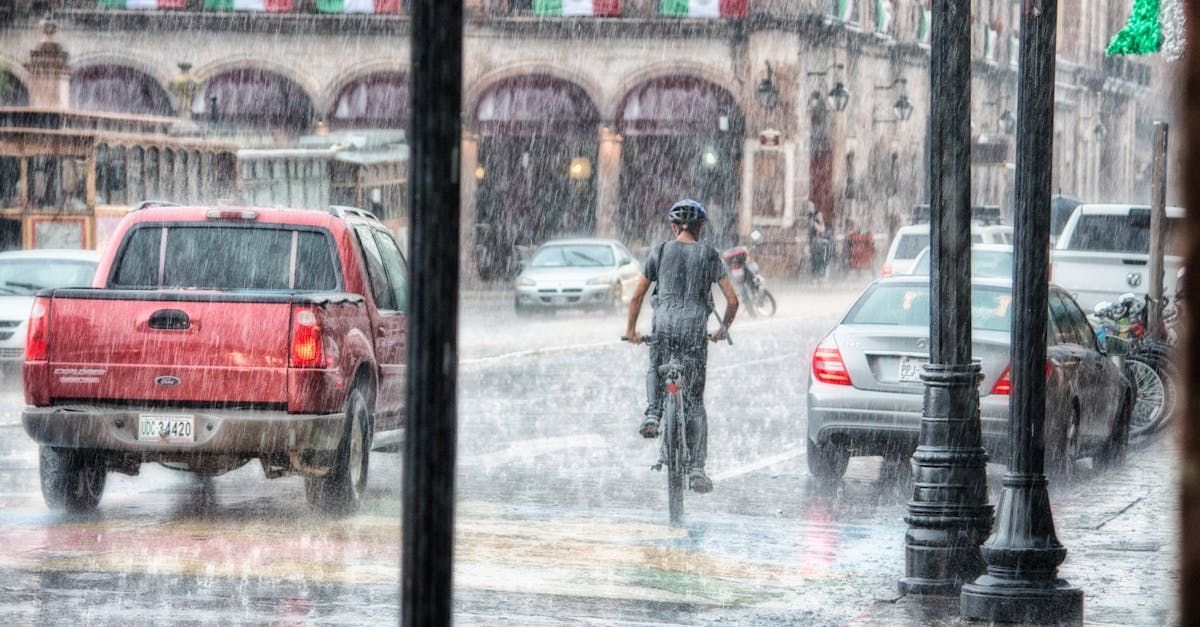Why You Need for Professional Biohazard Removal in Hoarding Cleanups
When it comes to hoarding, many potential health risks must be addressed. From biohazards to hazardous waste, it is important to enlist the help of a professional. We ensure that the environment and individuals involved are kept safe. We will discuss the dangers of hoarding, how to safely handle biohazardous waste, and how to clean a hoarder's house.
The Dangers of Hoarding
The dangers of hoarding can be genuine. Hoarders often need help discarding items. Hoarding can result in cluttered living spaces that can become hazardous for those living there. Biohazards are among the potential risks posed by hoarding situations. They may include biological contaminants like mold, bacteria, viruses, and fungi. These hazards can cause serious health problems when exposed. These microscopic organisms can also live on certain materials, such as cloth and paper, which hoarders may collect and store. In severe hoarding cases, biohazards may be present due to animal feces or urine from pets or wild animals.
A professional must properly remove these hazardous substances from a home or property. Due to potentially dangerous chemicals and pathogens inside a hoarder's home, any cleanup efforts must be carried out safely and professionally with appropriate protective gear for all personnel involved. Improper disposal of biohazards could put you at risk. Improper disposal can contaminate other areas of the home if not handled correctly.
Individuals must understand why professional help is needed when dealing with hoarding situations involving biohazards so that everyone involved stays safe throughout the process.
How To Safely Handle Biohazardous Waste During Hoarding
Before any cleanup begins, it's important to determine what kind of biohazardous waste may be present in the area. This way, you can take the necessary precautions to ensure everyone's safety. To do this properly, you should enlist professional help from a certified biohazard removal team who knows how to handle these materials safely and efficiently.
Proper protective gear is essential to avoid exposure or contamination when dealing with biohazards during a hoarding cleanup. This includes gloves, coveralls, masks, and goggles - all of which should be disposed of after use. It's also important to wear disposable booties over your shoes when entering any contaminated areas and set up physical barriers between yourself and any hazardous materials present.
The next step is proper disposal of the hazardous waste itself. Again, it's best practice to enlist professional help as they will have access to specific containers designed for safe disposal - which is only sometimes available otherwise. They will also know how best to dispose of different biohazards according to local regulations to protect the environment and those involved in the cleanup process.
Finally, once all the waste has been safely removed from the site, everything must be cleaned up thoroughly using steam or chemical treatments. Again, this is something that a professional team will know how best to carry out, depending on each particular situation.
In conclusion, proper handling and disposal methods are essential when dealing with biohazardous materials during hoarding cleanups - attempting a DIY approach could put both yourself and those around you at risk, so don't hesitate to enlist professional help if needed! Professional help is needed for proper removal and disposal and ensuring effective cleanup afterward so that no further health risks remain after cleanup has been completed.






